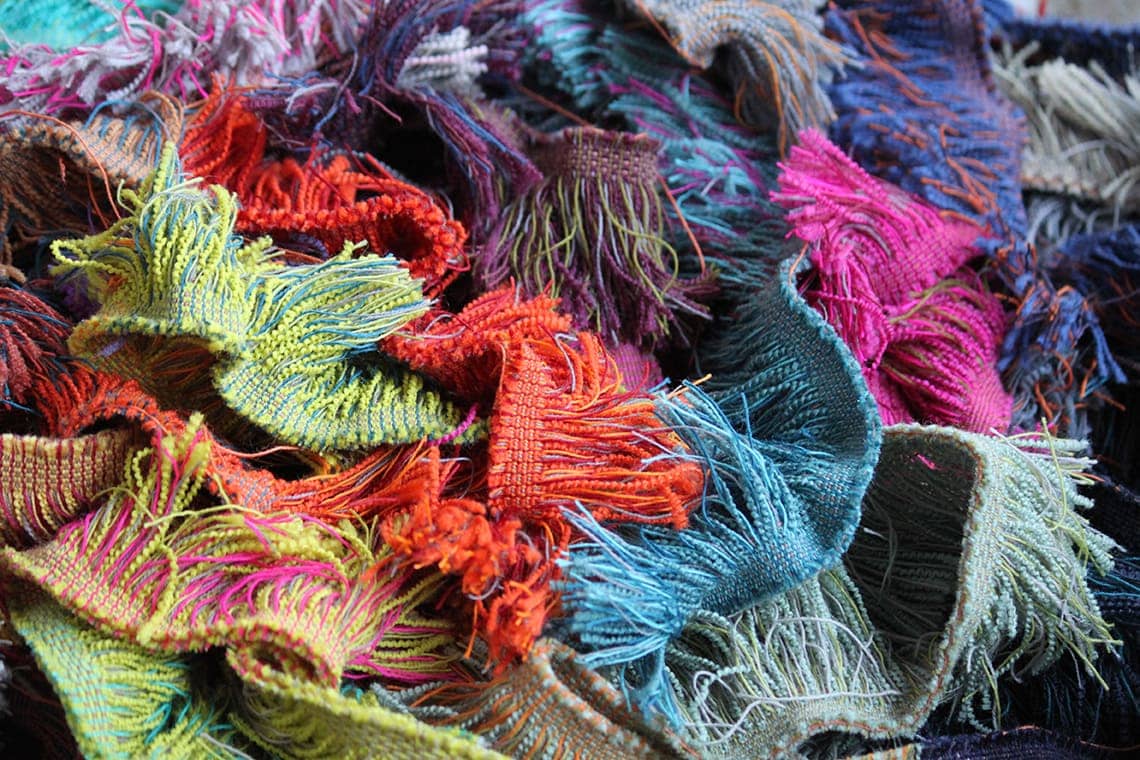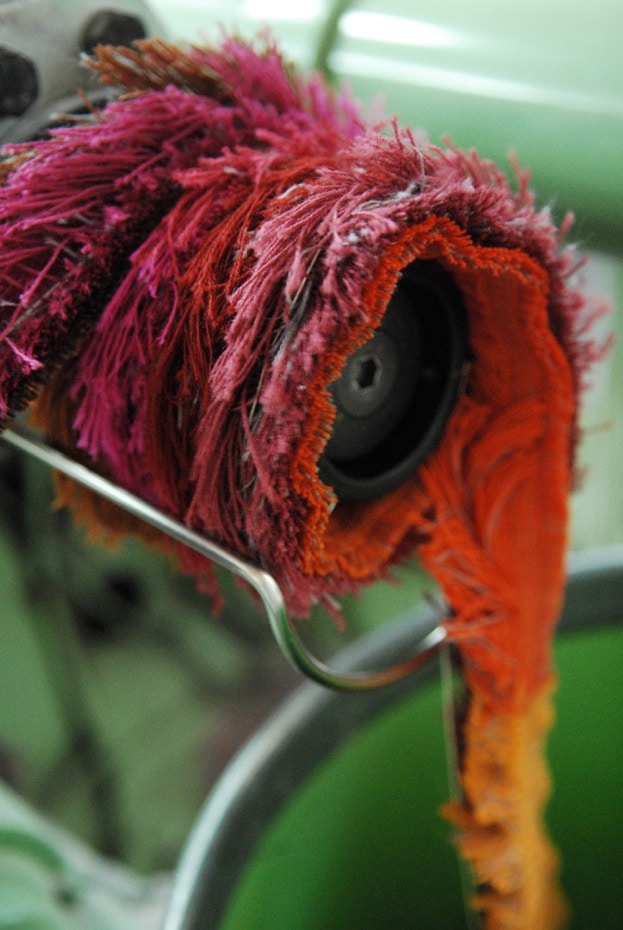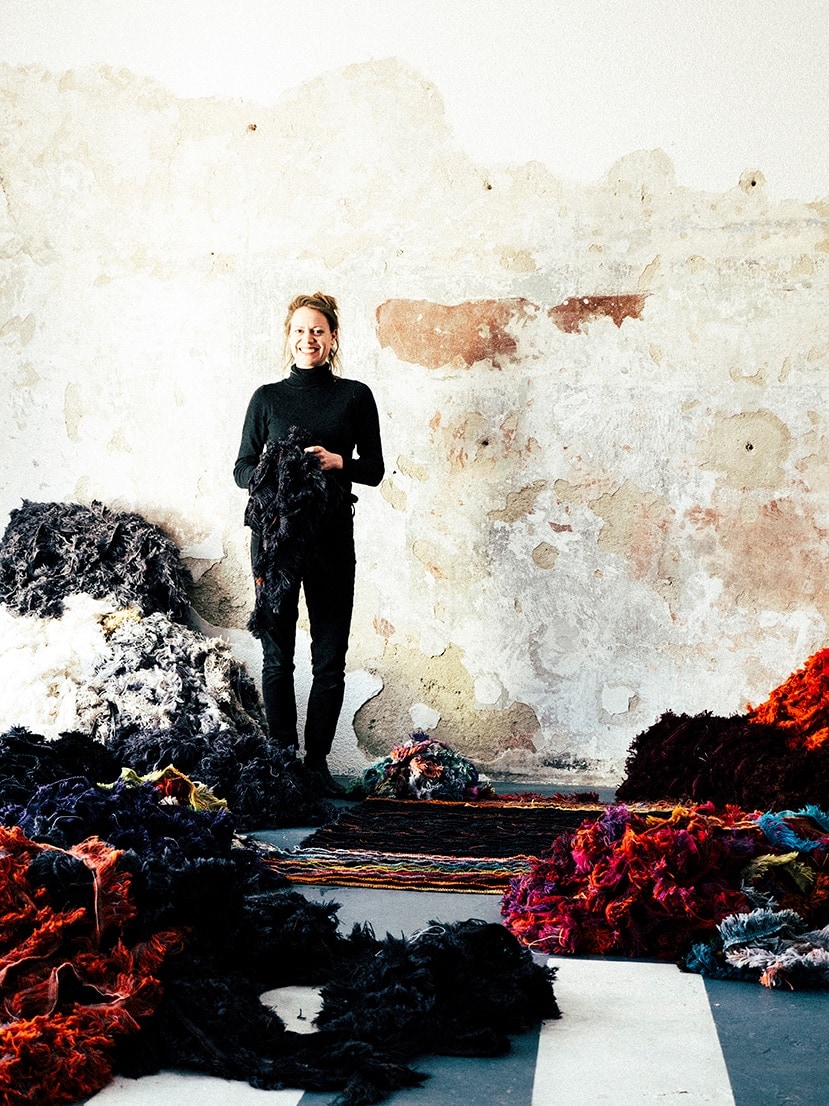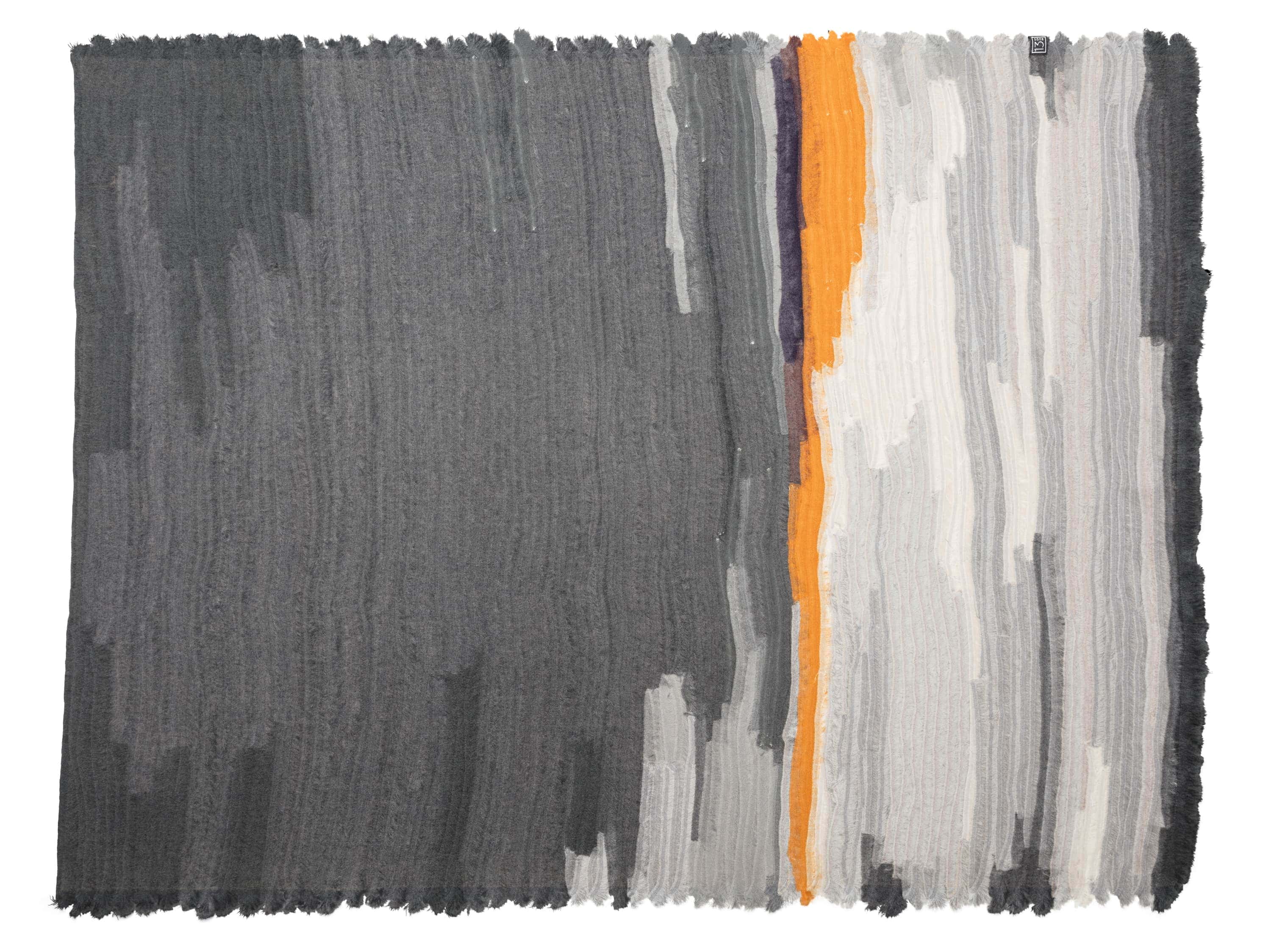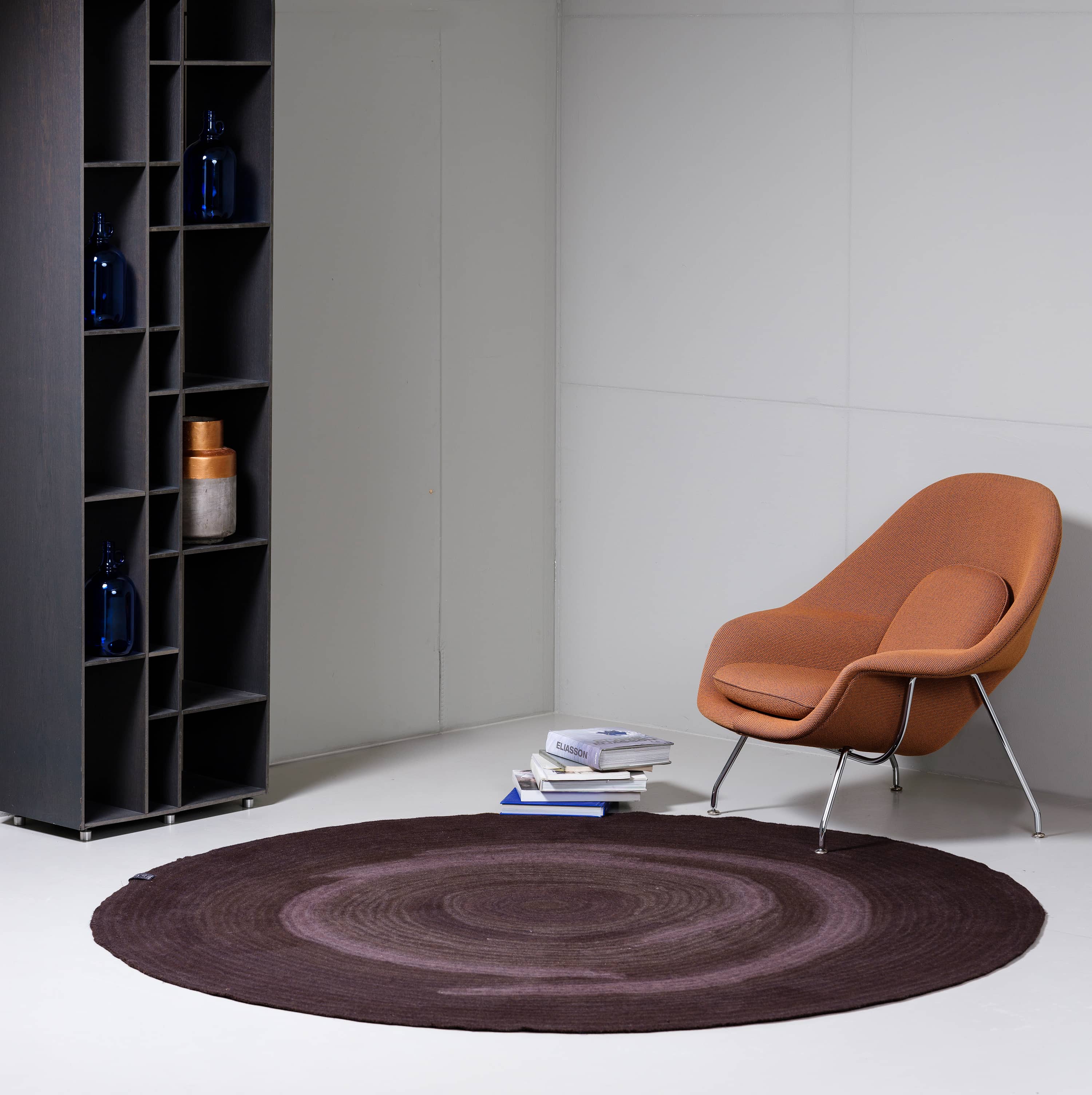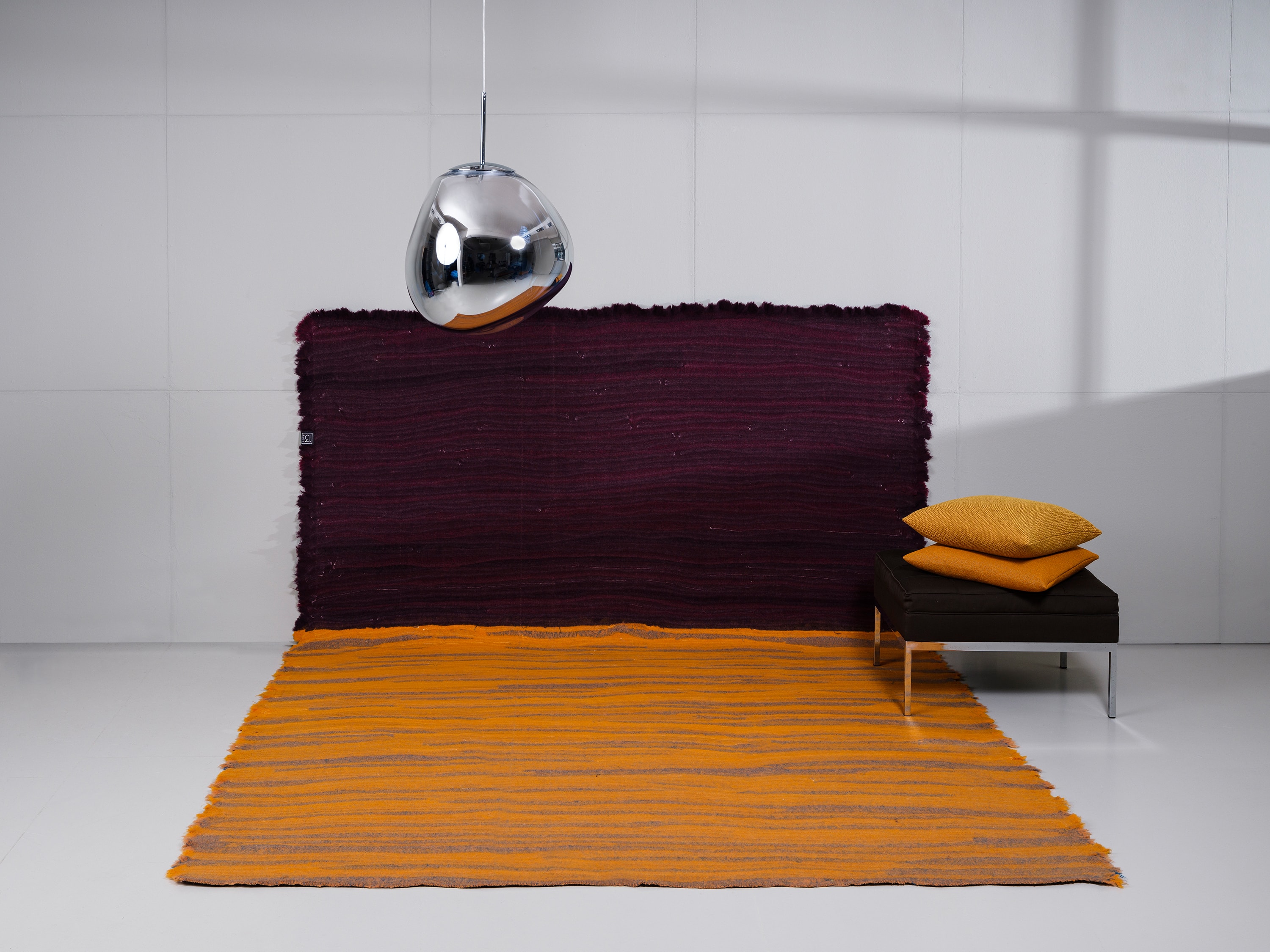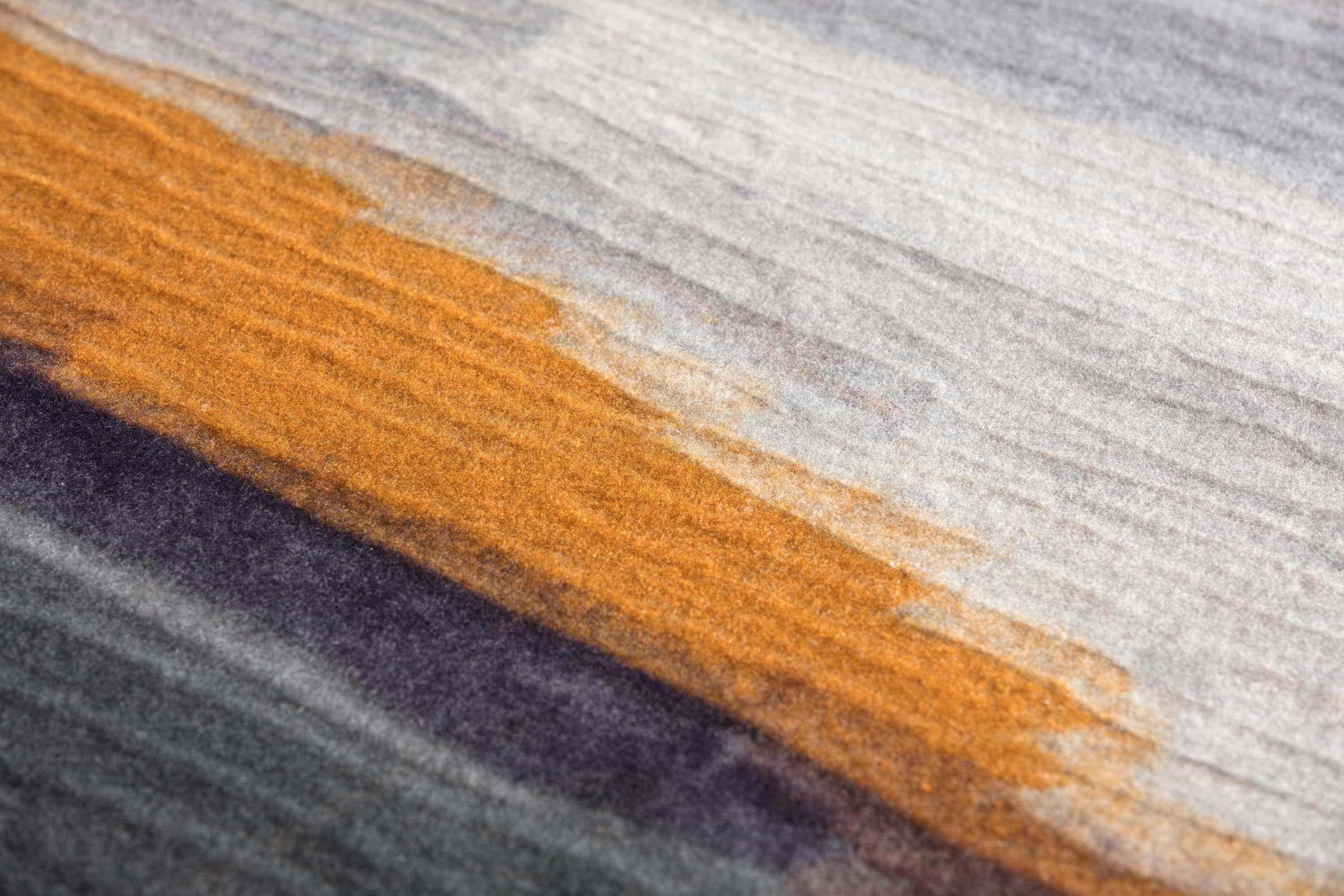Improbable projects sometimes need an extra boost to get off the ground, but German fashion designer Lara Wernert says she was already up in the air when she got the push that led to her forming the eco-friendly product line, 13RUGS.
In an office high above Hong Kong’s central business district, Ms. Wernert was meeting with the fashion manager of an environmental NGO during a 2014 visit to the city. While discussing the problems of industrial material waste, she says, they looked out a window and down onto a gray haze of pollution. At university, Wernert had studied uses for upcycled and recycled textile waste and shared some ideas for a closed material-cycle in the production process. The fashion manager smiled at her and, Wernert says, gave her a look of slight pity. “Dream on, girl,” the manager said.
Still convinced that textile waste could be transformed into unique and high-quality products, Wernert took the comment as a challenge. She returned to University of Art and Design Burg Giebichenstein in Halle, Germany and, in 2015, completed her Master’s Degree in Conceptual Textile Design. Crucially, her thesis project led to the business partnership at the core of 13RUGS.
The label’s approach runs counter to many conventional textile industry practices: Embracing materials usually seen as waste, processing them locally — by hand — using a time-consuming technique, and manufacturing product in a country with high labor costs. Contributor Laura Lin met Lara Wernert to learn more about 13RUGS and find out why she thinks this unusual model might actually be a harbinger of a more holistic product design process.
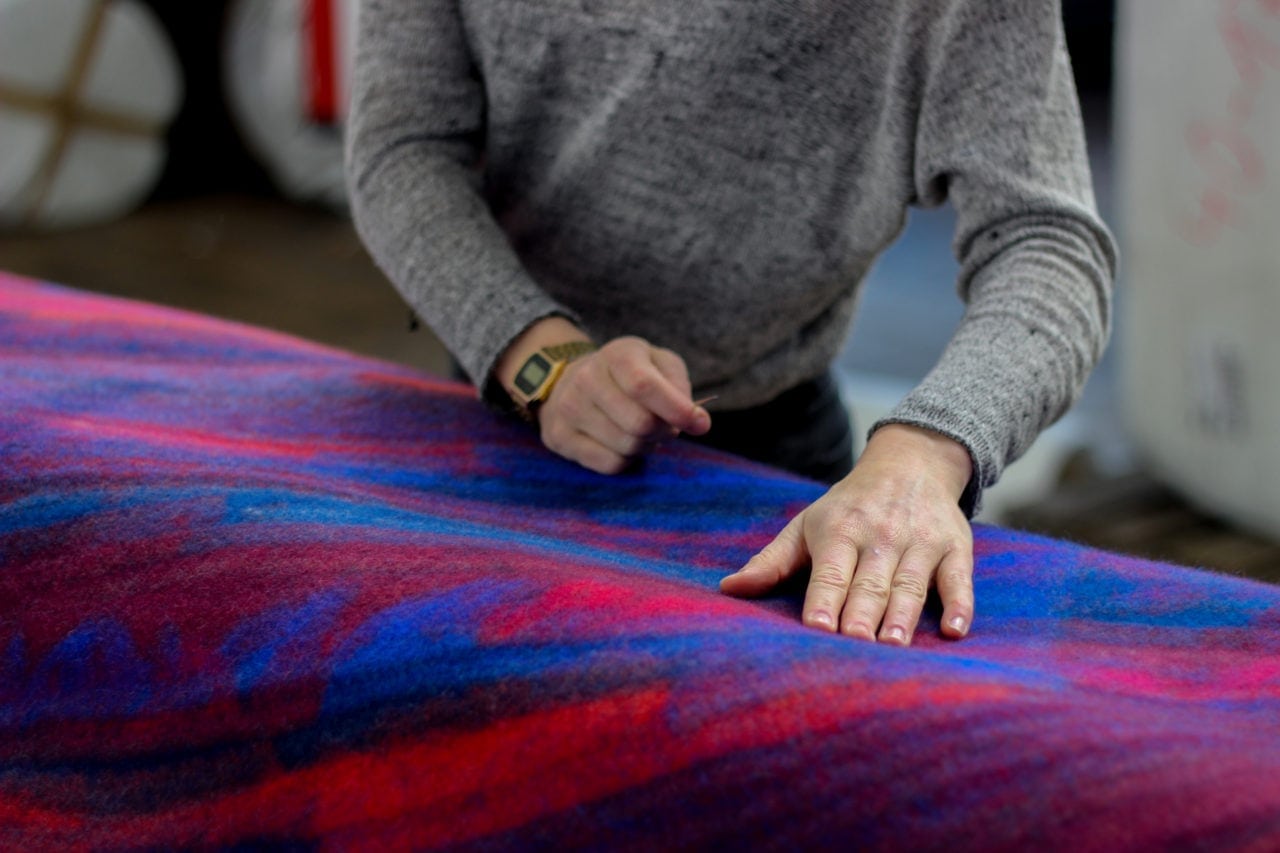
Tell me more about your Master’s thesis.
As I was researching industrial textile waste, selvedges were on my mind. Within the industrial textile production process, selvedges are a by-product: They keep the weft yarn tight during the weaving process, but are cut off and thrown away later. I saw that these scraps might have potential to become something else, so I began to source woolen selvedges from ROHI. I sorted them by color and layered them one-by-one like brush strokes and, with the support of the Saxon Textile Institute, I needle felted them. The result was a woolen surface that I was thinking would work as textile capes.
How did you find the selvedges?
My student colleague at that stage was working for the ROHI company and was kind to help me with collecting the selvedges which are a residue of their fabric production.
What was happening to the waste scraps before you came up with a way to reuse them?
The textile waste was given to a subcontractor that shredded and recycled it into some sort of rags. Even though it sounds like a waste of wonderful wool material, ROHI was actually happy to give it away for free to this subcontractor as they’d normally have to pay for the disposal of fabrication waste.
How did you get the idea that needle felting could process waste into a high-quality product? How exactly does this work?
The felting process was developed from my need to find a way to transform fragile textile fibres into a stable surface. The machine joins the loose pieces by punching needles into the layered selvedges from above. The process destroys the structure of the wool and, thus, binds it all together [into a dense surface].
What led to the business partnership with ROHI?
Actually, I was only going to thank the company for supplied the selvedges to me. When I went to the south of Munich to show the ROHI sisters what happened with their remnants, I found them so inspired by the surfaces that we started talking about developing product together.
In that moment, my theoretical thoughts turned into shape — just like the first time when textile surfaces came out of the felting machine. The dream became reality when I found a partner who also believed in my idea: Tina Wendler and her sister are the third-generation running ROHI, a family-owned textile company. We launched the rug manufactory 13RUGS in 2015.
What convinced the company to support you?
I guess the fact that new life was given to their production surplus: A high quality material that is no longer thrown away, but re-used. Another reason is their love for textile design and thus seeing the innovative aesthetics in the product.
What’s been the most challenging part of the product development?
Making everything on a bigger scale and, at the same time, making a handcrafted product commercially successful while guaranteeing a certain creative look. There’s also the challenge of learning by doing — accepting that things just go step by step and take as long as they need.
What’s your motivation to emphasize the handmade process?
With today’s abundance of industrialized products, I see individualized design as a niche. The importance of customized design takes on special focus, since it enables a long-lasting relationship between owner and product.
Not only do I care about the handmade character visually, but creatively. Producing something manual allows you to play with proportion, color, and design.
Was it an option to do all of the rug making by hand?
No, I like the fusion of handcraft and modern machines. The final mechanical process is abstracts the handmade look and shifts the product to a modern level. Thus the finished look raises awareness of the production process and allows the owner to reflect on the rug’s production value.
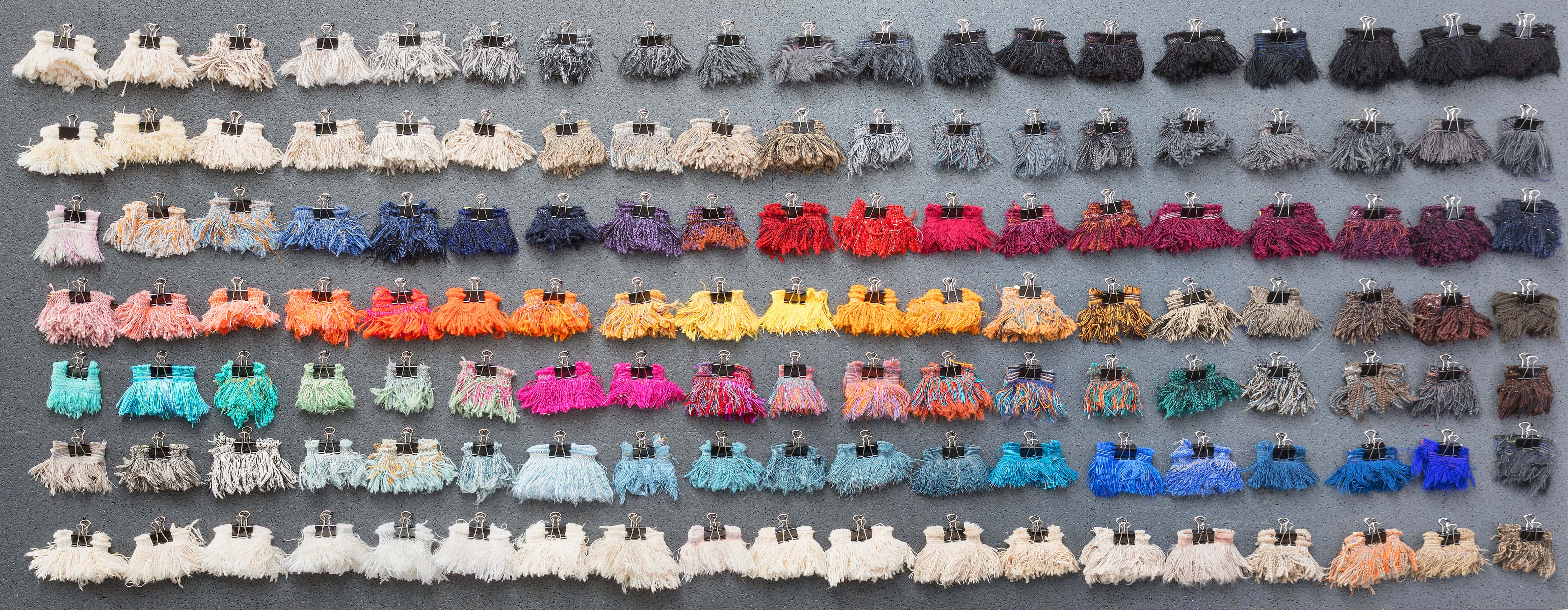
13RUGS offers customized rugs but, due to the process, there’s a fair amount of variability of color and shape in the finished product. How do customers react?
Our customers are open-minded to “artistic freedom” and we haven’t experienced any disappointment so far. We also communicate the process of the rug-making beforehand. Maybe today, people even like to buy products with an unplanned imperfection — and thus a little surprise in our well-organized daily lives. Our rugs are in daily use and so the customer can always discover something new about the visual appearance. The soft and warm touch of wool might be a haptic surprise, to give them an oasis of well-being.
What’s your design inspiration?
I would say my fantasy. Anything from my daily life, even the smallest things. It can be something I see at galleries, people telling me stuff, the sink after washing the dishes – all this input can inspire my mind and turn into visual thoughts, drawings and, eventually, into rugs.
What’s your long-term vision?
Firstly, that the textile industry reflects on their production cycles with the goal to implement a holistic way for product design. Secondly, that production surplus is seen as a raw material for new design products. I would like to appeal to designers to open their eyes and minds more widely to recognize that using those materials and techniques may help to reduce the massive waste problem that we are facing globally. And last but not least, that we eventually change our consumer behavior in a way that we can guarantee a world worth living in for the generations to come. The mindful use of the resources surrounding us might be one important step towards this goal.

To Learn More…
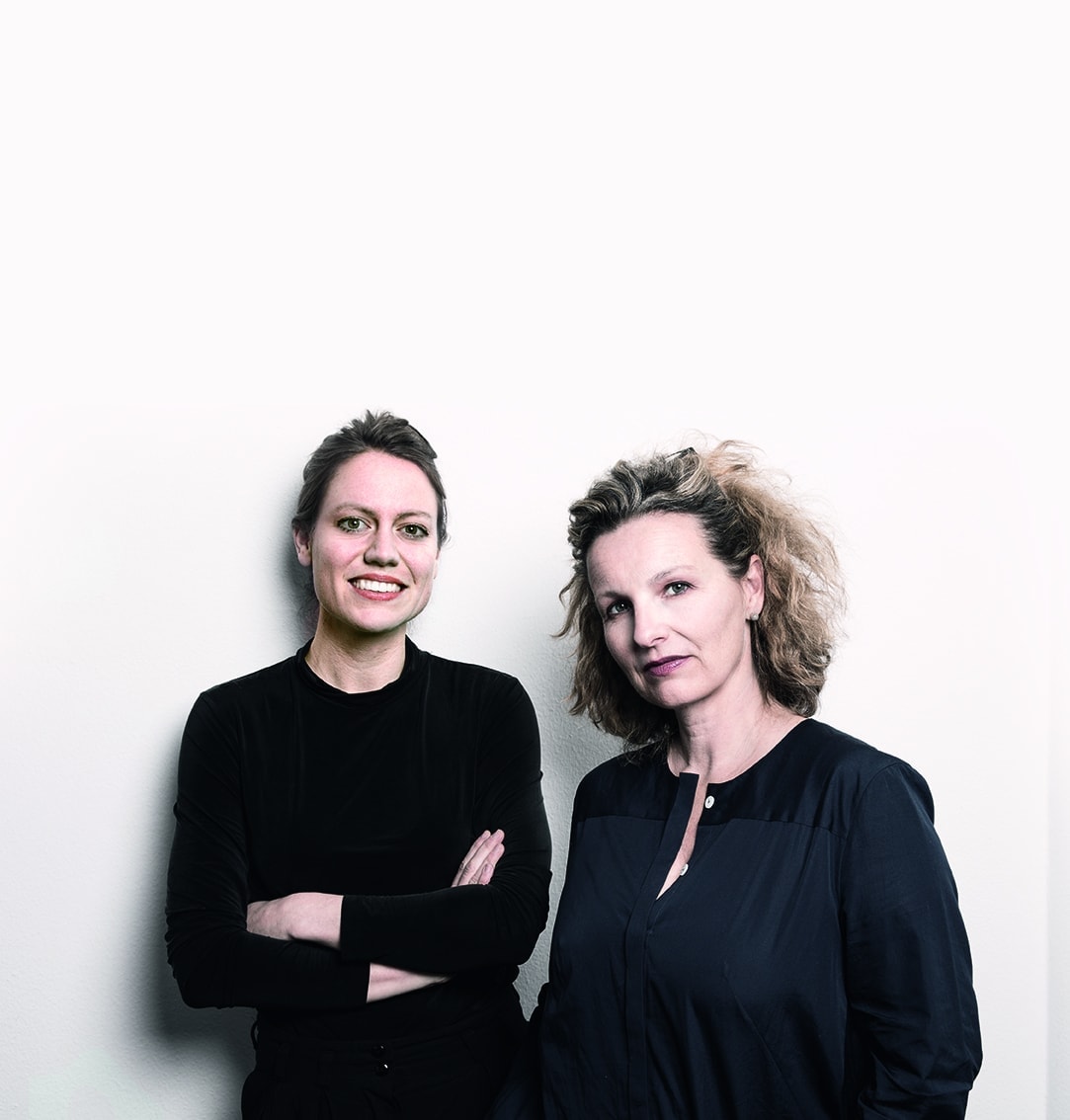
This interview was translated from German and then edited for clarity.



